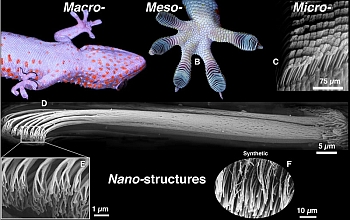Artificial letters added to the four natural DNA bases
Two artificial DNA “letters” that are accurately and efficiently replicated by a natural enzyme have been created by US researchers. Adding the two artificial building blocks to the four that naturally comprise DNA could allow wildly different kinds of genetic engineering, they say. This combines with the previous articles about using DNA to assemble millions …





